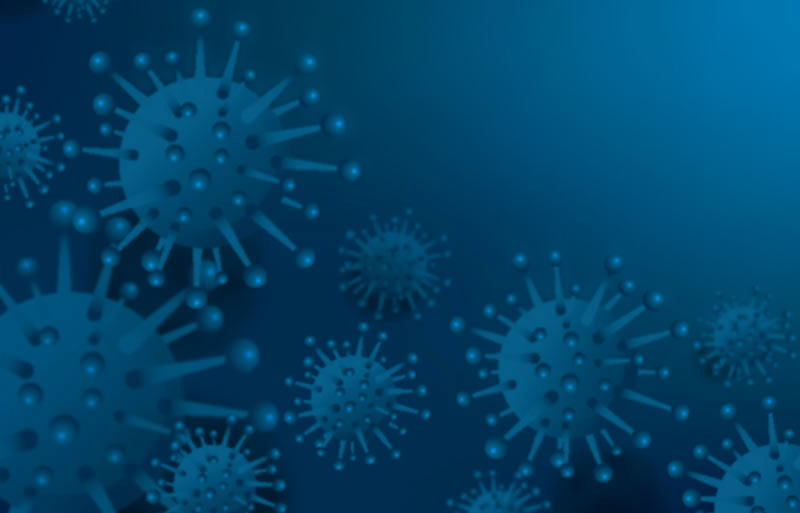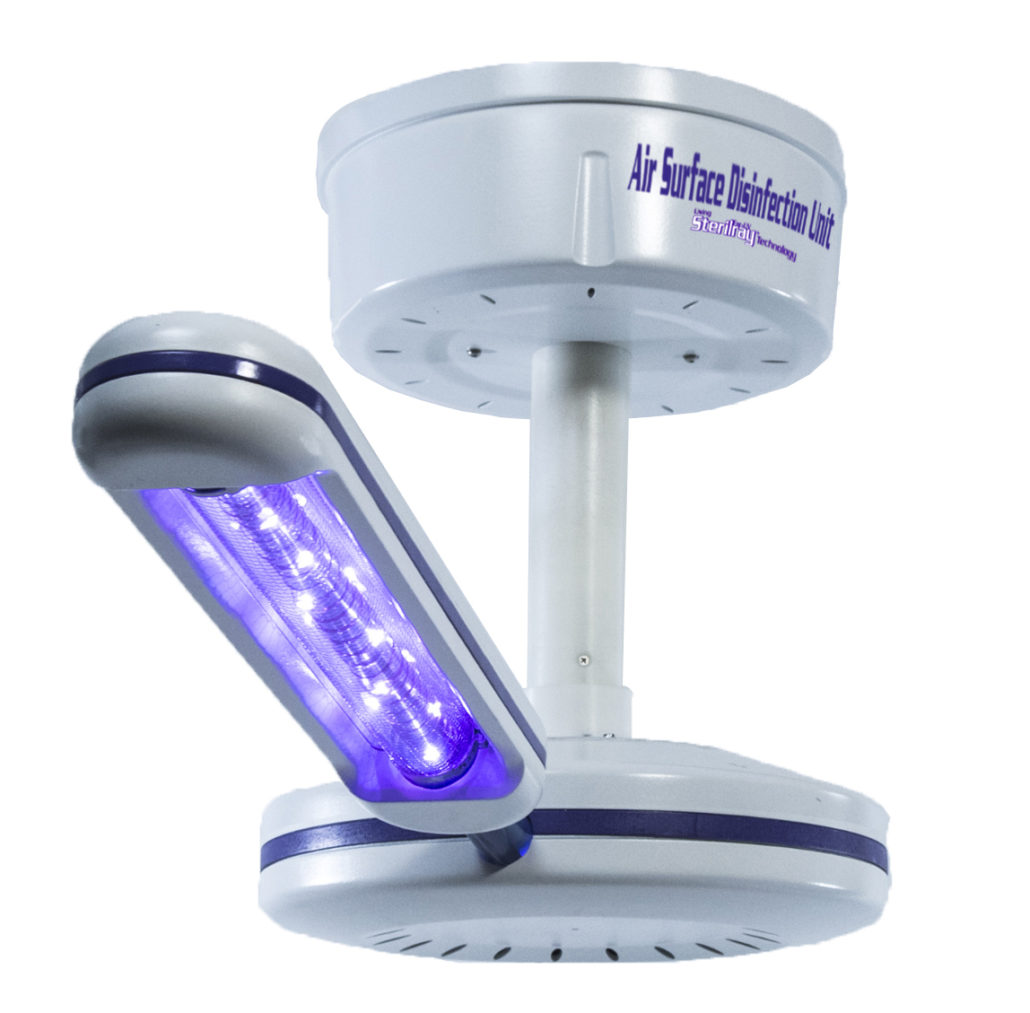UV Surface Disinfection Solutions: Enhancing Security and Health in Any Kind Of Setting
Discovering UV Disinfection: An Essential Tool in the Fight Against Unsafe Virus
As the globe deals with an ever-increasing danger from harmful virus, the look for efficient techniques of disinfection has actually ended up being an immediate priority. While conventional cleaning techniques have actually revealed some success, there is an expanding recognition that we need to discover innovative approaches to deal with these unnoticeable opponents. One such approach that has actually gathered substantial focus is UV disinfection. Harnessing the power of ultraviolet light, this modern technology has demonstrated encouraging cause eliminating a vast array of virus. However just how does it work? What are the benefits? And where can it be used? In this discussion, we will certainly explore the globe of UV sanitation, discovering its prospective as a crucial device in the fight against hazardous pathogens.
Exactly How Does UV Sanitation Job?
UV disinfection works by utilizing ultraviolet (UV) light to remove damaging pathogens and prevent their spread. This extremely effective method involves using UV radiation to interrupt the DNA and RNA of microorganisms, making them incapable to duplicate and causing their utmost devastation.
When UV light is used for disinfection, it is typically emitted from a light or bulb that creates a certain wavelength of UV-C light. uv surface disinfection. This wavelength, ranging from 200 to 280 nanometers, is particularly efficient at passing through the external cell wall surface of bacteria, infections, and other microorganisms. When inside the cell, the UV radiation targets and damages the genetic material, stopping the microbe from creating and duplicating infection
UV disinfection systems are designed to produce the appropriate strength and period of UV light to guarantee effective virus elimination. The dose of UV light needed for sanitation depends on factors such as the kind of bacterium, its resistance to UV radiation, and the particular application. Additionally, the system must be carefully engineered to ensure proper direct exposure of the target virus and to avoid any kind of prospective harm to human beings or the atmosphere.
The Advantages of UV Sanitation
UV disinfection supplies a wide range of benefits in successfully getting rid of damaging microorganisms and decreasing the threat of infection. One of the main advantages of UV disinfection is its ability to supply a environmentally pleasant and chemical-free remedy. Unlike traditional sanitation techniques that depend on chemicals, UV disinfection utilizes ultraviolet light to ruin the DNA and RNA of bacteria, providing them unable to recreate and create infections. This chemical-free approach guarantees that no hazardous deposits are left, removing any kind of possible health dangers linked with chemical anti-bacterials.
One more considerable benefit of UV disinfection is its performance in eliminating a wide variety of pathogens. UV light has actually been proven to properly get rid of microorganisms, infections, fungis, and protozoa, including those that are resistant to conventional anti-bacterials. This broad-spectrum effectiveness makes UV disinfection a versatile tool in various setups, such as medical care facilities, water therapy plants, and food processing sectors.
In addition to its efficacy, UV sanitation also supplies quick sanitation cycles. Unlike other techniques that call for extended contact times or repetitive applications, UV sanitation can attain substantial microorganism decrease immediately. This fast and reliable process allows for improved performance, decreased downtime, and boosted general functional effectiveness.
In addition, UV disinfection is a non-contact method, which implies that it does not need straight physical contact with the items or surface areas being sanitized. This feature makes it appropriate for usage on fragile tools and delicate materials that may be harmed or affected by other sanitation methods.
Applications of UV Sanitation in Medical Care

UV sanitation is additionally used in the sanitation of clinical tools and instruments (uv surface disinfection). The high strength of UV light can effectively eliminate bacteria, viruses, and other microbes, guaranteeing that clinical devices are free and safe from pollutants. Additionally, UV disinfection is made use of in water treatment systems within healthcare facilities. UV light is qualified of inactivating unsafe bacteria, viruses, and parasites, making the water risk-free for usage and decreasing the risk of waterborne infections.
In addition, UV sanitation technology is used in the disinfection of healthcare uniforms and personal protective equipment (PPE) By utilizing UV light, healthcare experts can make sure that their uniforms and PPE are without pathogens, protecting against the transmission of infections between people and healthcare employees.
UV Sanitation in Public Spaces
Public rooms are significantly implementing UV disinfection innovation as an essential step to combat the spread of harmful pathogens. With the ongoing international pandemic and the consistent hazard of infectious diseases, the requirement for reliable sanitation approaches in public locations has come to be critical. UV disinfection offers a efficient and reputable service in this respect.

UV sanitation systems use ultraviolet light to shut off the DNA and RNA of bacteria, viruses, and various other pathogens. This procedure disrupts their ability to replicate and make them harmless. These systems can be installed in various public rooms, consisting of a/c systems, escalators, elevators, and surface area sanitation robots. The use of UV disinfection technology in public areas not only assists in decreasing the threat of infection but additionally instills self-confidence amongst the public concerning their safety.
As public rooms remain to adapt to the difficulties presented by contagious illness, UV sanitation technology plays an essential duty in making certain a risk-free and tidy environment. By carrying out such measures, public spaces can effectively reduce the spread of damaging virus and add to the general wellness of the area.
The Future of UV Disinfection Modern Technology
As the need for improved disinfection approaches proceeds to grow in reaction to the ongoing worldwide pandemic and the constant danger of transmittable illness, the future of UV disinfection innovation holds appealing improvements in making certain much more effective and reliable virus eradication in numerous setups.

One area of advancement is the advancement of even more mobile and portable UV sanitation tools. Furthermore, improvements in automation and robotics are being checked out to enhance the effectiveness and efficiency of UV sanitation procedures.
One more location of expedition is making use of UV disinfection in air purification systems. By incorporating UV-C lights into heating and cooling systems, air-borne virus can be successfully neutralized, decreasing the risk of transmission in interior atmospheres.
In addition, researchers are examining using UV sanitation in food handling facilities to make sure the security and high quality of food items. UV-C light has actually been found to be reliable in getting rid of foodborne microorganisms, using a chemical-free option to standard sanitation techniques.
Verdict
In verdict, UV sanitation is a necessary tool in the battle against dangerous microorganisms. Its performance in killing bacteria, infections, and other microbes makes it a valuable innovation in health care setups and public rooms. With its capability to offer a environmentally friendly and chemical-free technique of disinfection, UV technology holds fantastic potential for the future. Its prevalent application can contribute to the avoidance of infections and the enhancement of public health.
UV sanitation systems are developed to produce the ideal strength and period straight from the source of UV light to guarantee effective pathogen elimination. The dosage of UV light needed for disinfection depends on factors such as the kind of microorganism, its resistance to UV radiation, and the specific application. Unlike conventional disinfection methods that rely on chemicals, UV disinfection makes use of ultraviolet light to destroy the DNA and RNA of microbes, providing them incapable to reproduce and trigger infections.In addition to its efficacy, UV disinfection likewise provides quick sanitation cycles. One of the main applications of UV sanitation in medical care is in the disinfection of individual rooms and operating cinemas.